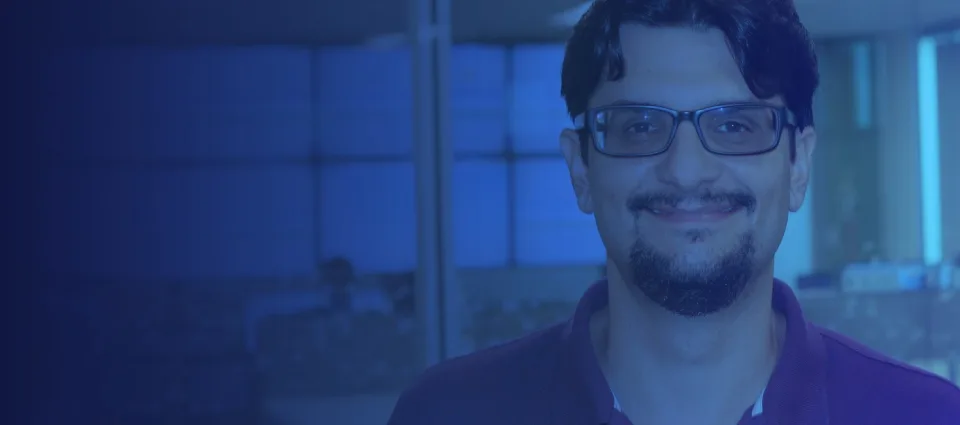As a society, we are becoming more aware of the importance of diversity.
In many industries, there are now conscious efforts to build more diverse workforces, but the technology industry seems to be having particular difficulty. In 2016, ten large technology companies in Silicon Valley did not employ a single black woman. Three had no black employees at all. Six did not have a single female executive.
Our industry is seen as a beacon of innovation and disruption, pushing the boundaries of human knowledge. The fact that we are displaying such an outdated, archaic approach to the people who are chosen to implement this revolution is truly worrying.
Why is diversity important?
Diversity is essential for a number of different reasons.
From a social responsibility point of view, a place within an organisation should be earned on account of our abilities and experience; not our gender, ethnicity, age, nationality or sexual orientation.
But there are also business incentives for improving diversity. More diverse companies are better able to win top talent and improve their customer retention and employee satisfaction. To put a figure to it, research by McKinsey has found that companies in the top quartile for ethnic diversity are 35% more likely to have financial returns above their respective national industry medians. Those in the top quartile for gender diversity are 15% more likely to have above-average financial returns and those in the bottom quartile for both gender and racial diversity are less likely.
It seems, therefore, that as well as being morally right, diversity offers a competitive advantage.
How can organisations improve?
There are various actions that organisations can take. One of the most important is to develop our understanding of bias; the action of allowing a personal opinion to influence a judgement or decision. We are all biased, but if we don’t take measures to control it – especially when conducting an interview or choosing a team member for promotion – we are laying the groundwork for a less diverse environment.
The problem with biases is that we often don’t even realise that we hold them. We see that the workforce in the technology industry is dominated by white men and, on an unconscious level, these are the people who we begin to associate with the qualities and skills required to succeed.
The key to tackling bias is to understand what our own biases are. Imagine that you’re appointing a member of your team as a leader. Once you’ve made your decision, consider why you chose the person that you did. Was it a gut reaction or was it based on their skills and experience? These are the kind of questions that we must all ask ourselves in order to develop our understanding of bias. Anyone who is in a position that requires them to conduct interviews and make appointments though, should consider taking part in specialist unconscious bias training.
Another way of improving diversity is for companies to make themselves accountable. Whether that be by setting clear diversity targets or simply making its workforce statistics public knowledge, genuine accountability can go a long way towards improving an organisation’s diversity. In 2014, Indiegogo was one of the first companies to publish its demographics in an effort to bring some transparency to its diversity efforts. Since first sharing these figures, the company has steadily improved the diversity among its ranks.
Finally, we need to recognise that diversity is only the first part of a wider process. It’s all very well appointing a diverse team, but with more than 40% of job turnover happening within the first month of hiring, you also need to make your people stay. This is where inclusion comes in. Team members need to be treated with fairness and respect – to feel valued and a sense of belonging. This feeling of inclusion is hugely important to a successful diversity strategy.
What is Stefanini doing?
At Stefanini, we are passionate about our attempts to improve our own diversity. We launched a mentoring programme in 2016 to improve the number of women in leadership roles and we also run female-only hackathon events. We ran two-such events last year and recruited 12 junior developers as a direct result, with a further 10 invited to join our internal development training.
The Stefanini Institute is also an important part of our diversity efforts. A facility that offers educational opportunities for underprivileged members of our local community, the Institute equips less-advantaged people with the skills that they need to begin a career in technology. Helping 95,000 young people to build a career since its doors first opened in 2001, many of the Institute’s pupils will even go on to become permanent Stefanini staff.
Technology’s lack of diversity won’t be fixed overnight. I suspect it might even take a whole generation to balance the scales. Nor is it the responsibility of HR. Diversity is a long-term problem – and one that everybody in our industry must take responsibility for.



















